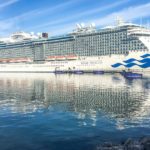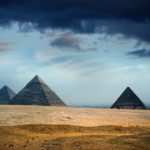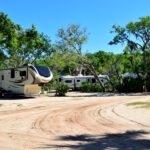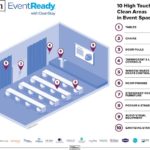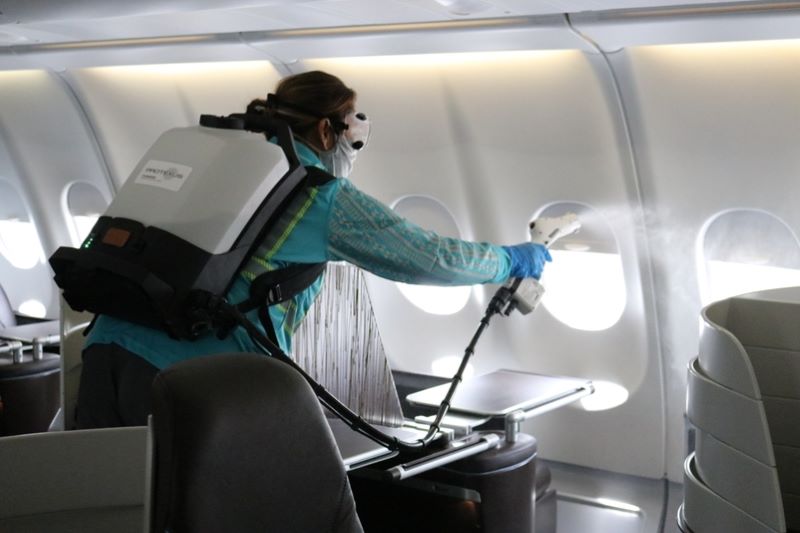
(TAN): Hawaiian Airlines is enhancing health measures throughout its system by requiring travellers to wear face coverings starting May 8 and creating more personal space at check-in, boarding and during the flight. The airline, whose airport employees and flight attendants already wear face masks, last month also began electrostatic spraying of cabins – a safe disinfecting technology that provides additional and effective protection against coronaviruses.
“Taking care of our guests and employees has always been our primary focus, and these new health measures will help us maintain a safe travel experience, from our lobbies to our cabins, as Hawai’i continues to make progress in containing COVID-19,” said Peter Ingram, president and CEO at Hawaiian Airlines. “We appreciate our guests’ understanding and flexibility as we adapt our operations with their wellbeing guiding every decision we make.”
Effective May 8, Hawaiian’s guests will need to wear a face mask or covering that effectively covers the mouth and nose, from checking-in at the airport to deplaning at their destination. Young children unable to keep a face covering on or guests with a medical condition or disability preventing its use will be exempted from the policy.
Hawaiian remains committed to maintaining more space between passengers at check-in, boarding and during the flight.
The airline will modify boarding as of May 8 by asking guests to remain seated at the gate area until their rows are called. Main Cabin guests will board from the rear of the aircraft, in groups of three to five rows at a time, and agents will pause boarding as needed to prevent congestion. Guests who require special assistance and those seated in First Class will be able to pre-board.
The airline, which has been manually assigning seats to increase personal space onboard, next week will begin blocking middle seats on its jets, adjoining seats on ATR 42 turboprop aircraft, and other, select seats to continue to provide more space for guests and flight attendants. Depending on load factors, seating may need to be adjusted at the gate to maximize spacing throughout the cabin and meet weight and balance restrictions.
Hawaiian will make efforts to seat families and guests travelling in the same party together, whenever possible, and encourages guests who prefer to sit together to contact the airline ahead of the flight or see an airport agent.
Last month, Hawaiian began using electrostatic spraying to comprehensively and evenly clean aircraft cabins with hospital-grade disinfectants, registered with the Environmental Protection Agency, that coat even hidden and hard-to-reach surfaces.
[ALSO READ: Argentina imposes strict travel ban, stops commercial flight sales until September 1]
Hawaiian is applying electrostatic treatment, which dries in five minutes, nightly on the Boeing 717 aircraft it operates on flights between the islands, and prior to each departure from Hawai‘i on Airbus A330s that serve transpacific routes. The airline’s A321neo fleet is currently not in service due to a reduced flying schedule.
Hawaiian, whose modern fleet is equipped with HEPA air filters that create a dry and essentially sterile environment inhospitable to viruses, has detailed cleaning and disinfecting protocols, paying special attention to high-touch areas such as seats, seatbacks, headrests, monitors, tray tables, overhead bins, walls, windows and shades, as well as galleys and lavatories.

